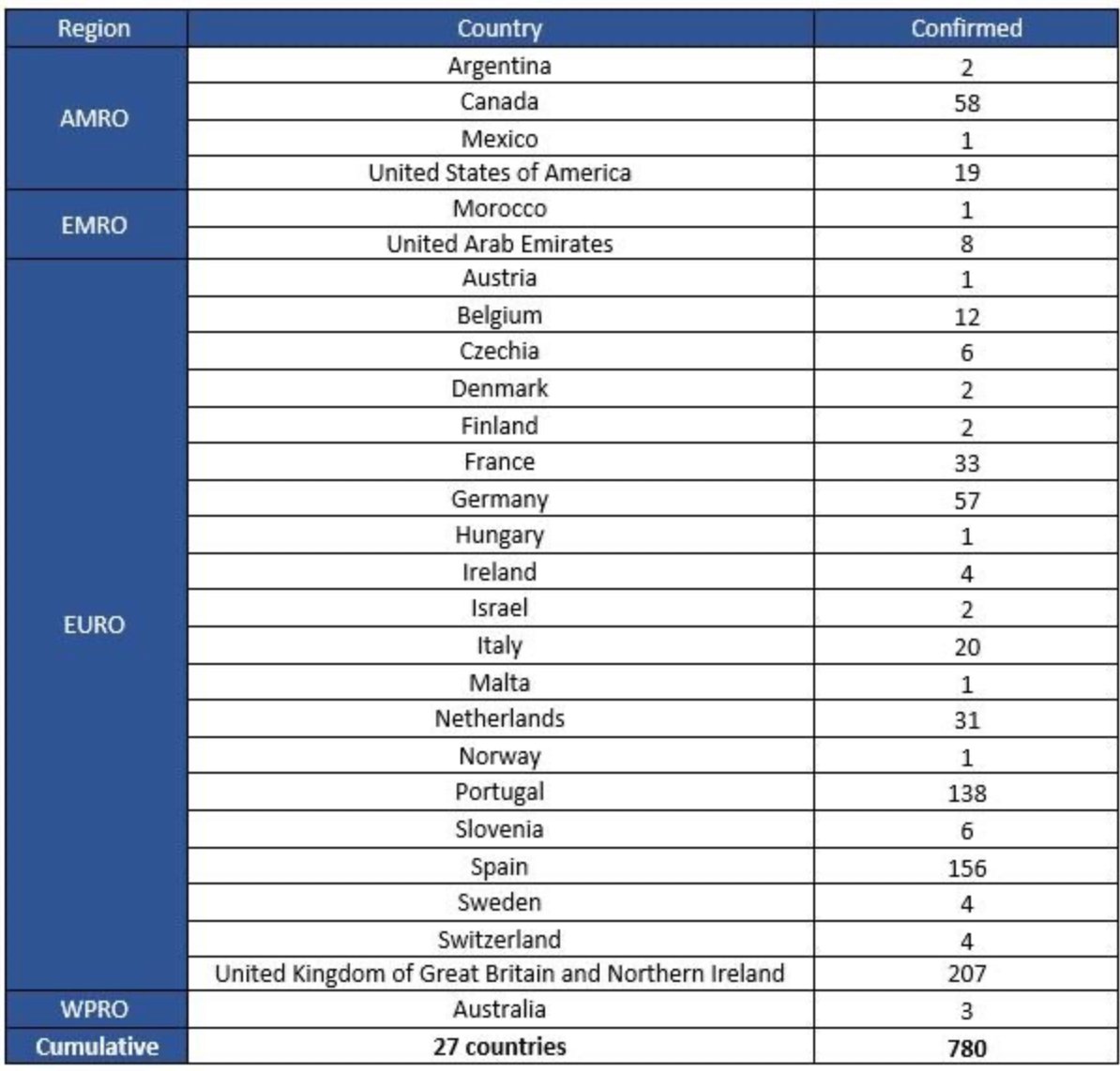
1. #MPXV 🧵
@WHO has issued an update on the #monkeypox situation. In it they announce they're no longer going to report cases from the outbreak outside of Africa; rather, they're going to report all reported cases of/deaths from MPX together.
@WHO has issued an update on the #monkeypox situation. In it they announce they're no longer going to report cases from the outbreak outside of Africa; rather, they're going to report all reported cases of/deaths from MPX together.
2. The rationale is clear: why should #MPXV cases in some countries be treated differently — treated as if they are more important — than #monkeypox cases in other countries? Makes sense & is just. 

3. On the other hand, will this make it harder to track the outbreak? Isn't it possible there may be differences in cases that are caused by continuous human-2-human spread rather than animal-2-human events where spread stops after 1 or a few cases? Even if this is a DNA virus?
4. I'll be interested in hearing what the scientific community feels about this policy change.
Moving on: There've been 2103 #MPXV confirmed cases reported so far this year, with one death. 98% of the cases have been since May — ie part of the international outbreak.
Moving on: There've been 2103 #MPXV confirmed cases reported so far this year, with one death. 98% of the cases have been since May — ie part of the international outbreak.

5. Here's a chart of the cases by country and region.
@WHO also said it is going to focus going forward on confirmed & probable cases/deaths in affected African countries. Will that underestimate the burden of #monkeypox in those countries?

@WHO also said it is going to focus going forward on confirmed & probable cases/deaths in affected African countries. Will that underestimate the burden of #monkeypox in those countries?


6. @WHO says the ongoing international outbreak of #MPXV is mostly but not exclusively occurring in "men who have reported recent sex with new or multiple partners." New wording, I think. 

7. But if #MPXV continues to spread, it isn't going to remain restricted to one group of people (if it is now). For instance, while many of the cases have reported travel, increasing numbers of cases have not, @WHO says. 

8. #MPXV cases in this outbreak are often presenting with symptoms that don't match what the textbooks say about #monkeypox — which will complicate the job of finding cases & stopping transmission. 

9. @WHO says given the degree of transmission, there's likely going to be more spread, spread into different population groups and within new countries.
The update is here: who.int/emergencies/di…
The update is here: who.int/emergencies/di…

• • •
Missing some Tweet in this thread? You can try to
force a refresh


















